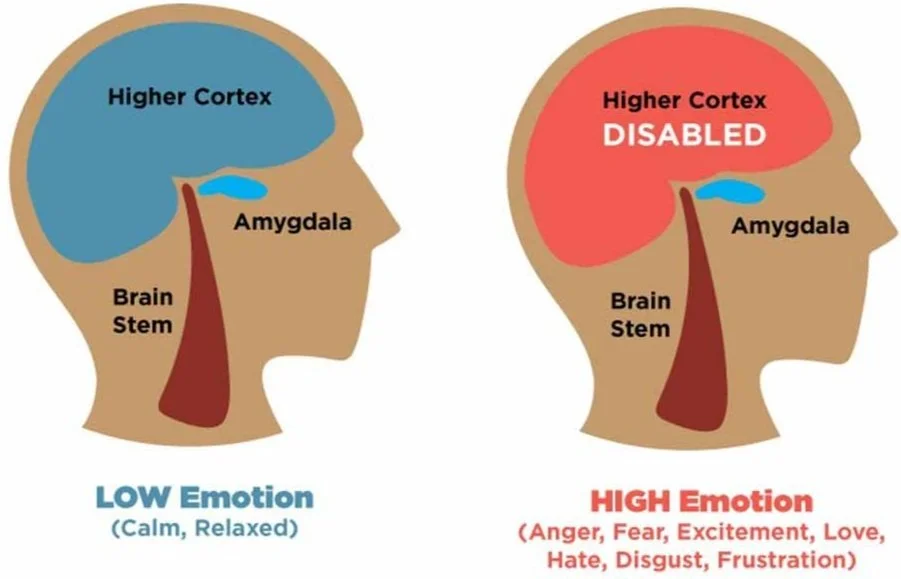The Amygdala Hijack in Self Defense
The Role of the Amygdala Hijack in Self-Defense Situations: A Scientific Perspective The human brain is a complex organ, responsible for controlling and coordinating actions and reactions, enabling us to think, learn, create, and feel emotions. One of its most intriguing components is the amygdala, a small, almond-shaped structure that plays a crucial role in our emotional responses, particularly fear and aggression.
In high-stress situations, such as those requiring self-defense, the amygdala can 'hijack' the brain, leading to instinctive, often aggressive responses. This phenomenon, known as the 'amygdala hijack,' has been extensively studied in neuroscience and psychology (LeDoux, 1996).
The term 'amygdala hijack' was coined by psychologist Daniel Goleman in his 1995 book "Emotional Intelligence." According to Goleman, the amygdala hijack occurs when a perceived threat triggers the amygdala before the brain's neocortex, the 'thinking' part of the brain, has a chance to assess the situation.
This results in an immediate and intense emotional response, bypassing the rational brain (Goleman, 1995). In a self-defense situation, the amygdala hijack can be both beneficial and detrimental. On the one hand, it can trigger a 'fight or flight' response, enabling a person to react quickly to a threat. This response is a survival mechanism that prepares the body to either confront or flee from danger (Öhman, 2005). The amygdala, in this case, acts as an alarm system, alerting the body to potential danger and prompting immediate action.
However, the amygdala hijack can also lead to impulsive and potentially harmful actions. Because the amygdala bypasses the rational brain, the response it triggers may not be the most appropriate or effective for the situation. For example, a person might react aggressively to a perceived threat, even if a more measured response would be more beneficial (LeDoux, 2003).
Research has shown that the amygdala hijack can be mitigated through techniques such as mindfulness and cognitive-behavioral therapy. These techniques can help individuals recognize and manage their emotional responses, allowing the rational brain to regain control and respond more effectively to threats (Goldin et al., 2009).
In conclusion, the amygdala hijack plays a significant role in self-defense situations. While it can enable quick reactions to threats, it can also lead to impulsive and potentially harmful actions. Understanding this phenomenon and learning to manage it can improve individuals' responses to high-stress situations, enhancing their ability to protect themselves effectively.
Coach Barbosa
If can’t be safe, be deadly.
References: - Goleman, D. (1995). Emotional Intelligence. Bantam Books. - Goldin, P. R., McRae, K., Ramel, W., & Gross, J. J. (2009). The neural bases of emotion regulation: reappraisal and suppression of negative emotion. Biological psychiatry, 63(6), 577-586. - LeDoux, J. (1996). The Emotional Brain. Simon & Schuster. - LeDoux, J. (2003). The emotional brain, fear, and the amygdala. Cellular and molecular neurobiology, 23(4-5), 727-738. - Öhman, A. (2005). The role of the amygdala in human fear: automatic detection of threat. Psychoneuroendocrinology, 30(10), 953-958.

